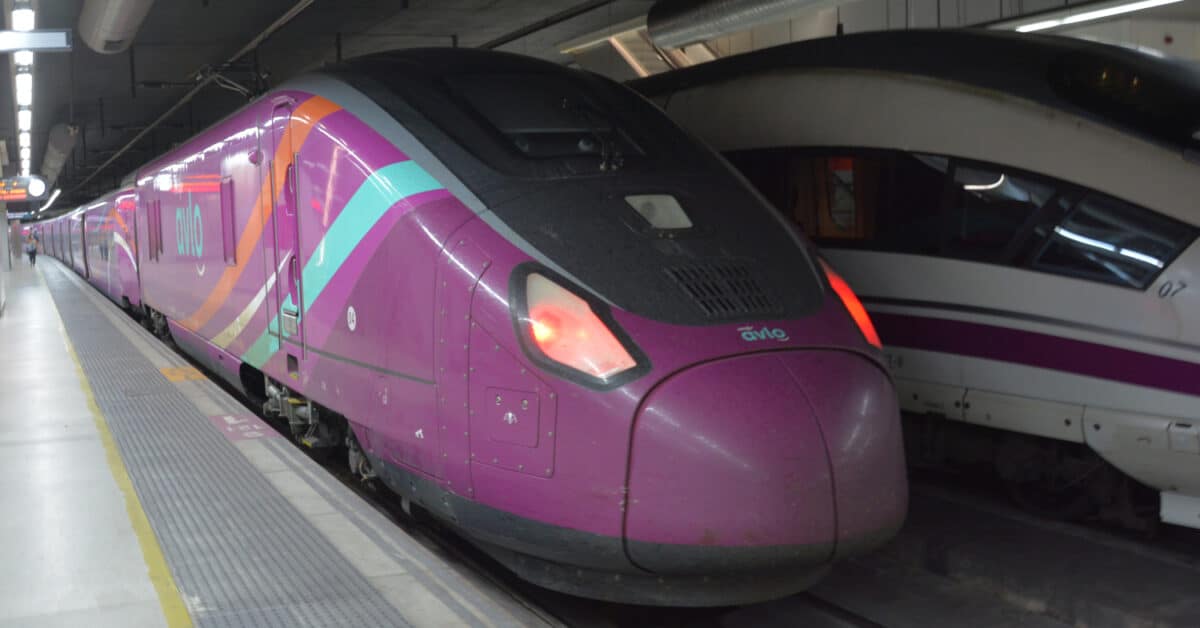Renfe has suspended ticket sales on the Avlo Madrid-Barcelona service until 31 August due to cracks detected in the bogies of one of the 106 series trains (Talgo Avril) it uses on the line.
An internal Renfe document to which Trenvista has had access indicates that the operator’s staff have reported vibrations, oscillations, and other anomalies when these trains run at maximum speed on the section between Madrid Puerta de Atocha and kp 190+000 of the 050 Madrid-Barcelona hig-speed line.
Due to these anomalies, the document states, there have been failures in the bogies, necessitating extraordinary maintenance work, during which these cracks were detected.
The fleet concerned corresponds to the five fixed-gauge trains built for the Avlo service, which are used exclusively to run between Madrid and Barcelona.
According to information provided by Renfe, the crack was detected in the frame of a tractor bogie during an inspection on July 21, which led to a thorough inspection of the five units and the suspension of ticket sales on the Avlo service in August while the affected elements were replaced.
Poor infrastructure and defective trains
In addition, on the recommendation of the maintenance company, Renfe Viajeros has limited the maximum speed of these trains to 250 km/h on the aforementioned section.
This temporary limitation must be maintained while Talgo analyses the extent of the anomalies and determines the maximum speed at which they can run on this section without affecting the structure of the bogies.
According to sources in the sector, the fact that the anomalies are centred between km 0+000 and 190+000 is a consequence of the poor state of the road due to, they claim, deficient maintenance of the infrastructure. A bad state of affairs that the train drivers have been denouncing for some time now. According to Renfe, these problems have not been detected on trains running on other lines.
This is a new episode of incidents and breakdowns for the 106 series, whose reputation has not recovered despite improvements in reliability. In terms of comfort, the improvements have yet to be homologated before they can be implemented.
Regarding safety risks, Renfe assures that “through its subsidiaries Renfe Viajeros and Renfe Ingeniería y Mantenimiento, as railway company and entity in charge of maintenance, respectively, as well as Talgo as manufacturer and the Agencia Estatal de Seguridad Ferroviaria, they guarantee that the circulation and operation of trains is carried out with total safety for passengers”.
